THE TATE/LA BIANCA MURDERS GO COLD
If the police had any viable leads on the Tate/La Bianca murders they weren’t sharing them with reporters.
On September 10, 1969, the Los Angeles Times ran an ad which offered a reward of $25,000 (over $170k in current USD) for information leading to the arrest and conviction of the person or persons who murdered Sharon Tate, her unborn son, and the other victims at the Cielo Drive home.
Roman Polanski and friends of the Polanski family would pay the money. The friends included Peter Sellers, Warren Beatty and Yul Brynner.
JOYCE HABER & THE FRIENDS OF THE POLANSKI’S
On September 22, 1969, Los Angeles Times gossip columnist Joyce Haber had a few tidbits to share about what she described as the “Tate Case Chatter.”
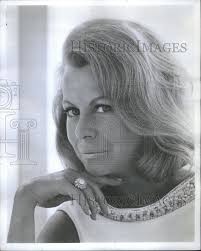
Haber said that Roman Polanski was back in town after a trip to New York where, according to her, he was “. . . kicking it up in and from his home base, a suite at Manhattan’s Essex House on Central Park South.”
She continued, “The kicks included trips to Oh, Calcutta!, off-Broadway’s groovy, naked revue, and to such jivy joints as Elaine’s, a haunt for the literary-cum-anything set.”
Elaine’s restaurant on the Upper East Side of New York City, near the corner of 2nd Avenue and East 88th Street, was a hangout for everyone from Norman Mailer to Mia Farrow and Woody Allen. Elaine’s closed in 2011, following the death of the proprietress, Elaine Kaufman. In an interview, Allen said that he was “crushed” and that “despite the unrelenting bad food I went there every night for decades.”

WOODY ALLEN & ELAINE KAUFMAN
Haber’s tone regarding Polanski’s unique manner of grieving the loss of his family was disapproving. Understanding the intimate mechanics of how different individuals cope with loss is for someone with more knowledge on the topic that I have; but I find Polanski’s choice of venues for grieving very odd. Would most people faced with such a traumatic loss socialized in the way Polanski did? I wonder.
GOSSIP KILLS
When reading Haber’s column, you must consider the source. It was a gossip column – she inherited the gig from Hedda Hopper. Haber had a reputation for snarky comments. In fact, there are people who blame her indirectly for Jean Seberg’s suicide in 1979.
Seberg ,an internationally known and admired actress, was a staunch supporter of civil rights and often gave money to the NAACP, Native American groups, and two gifts to the Black Panther Party.
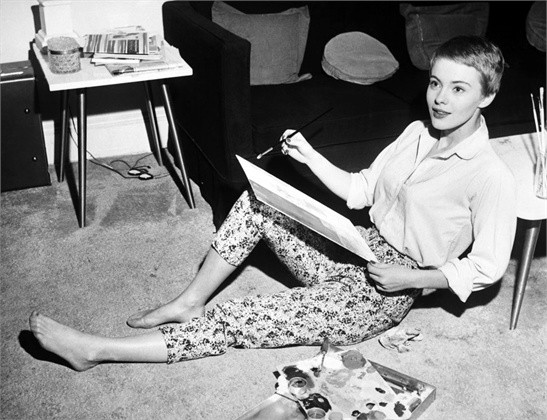
During the late 1960s the FBI ran a Counterintelligence Program (COINTELPRO ) and targeted individuals and groups they identified as subversive. Their tactics were abhorrent. Outright lies used to destroy people for their politics.
On May 19, 1970, Haber’s column was used to smear Jean Seberg. The actress, referred to as Miss A in the column, was Jean Seberg. Anyone familiar with Hollywood at the time would have recognized the characterization. NEWSWEEK also printed the rumor.
The rumor was that the child Seberg carried wasn’t her husband’s, Romain Gary, but Raymond Hewitt’s (a member of the Black Panthers).
Devastated by the rumor, Seberg went into premature labor and lost her baby daughter. At the funeral Seberg laid the baby in an open casket so that reporters could see for themselves that the infant was white.
Seberg was blacklisted and her career suffered. So did her mental health. She was depressed for years. The FBI continued their surveillance and harassment, which did nothing to ease her stress.
On September 8, 1979, nine days after she disappeared from her Paris apartment in the 16th arrondissement, her body was found wrapped in a blanket in the back seat of her Renault. Police found barbiturate’s and a note which said that she could no longer live with her nerves.
Seberg is interred in the Cimetière du Montparnasse in Paris.
MANSON FAMILY UPDATE – FALL, 1969
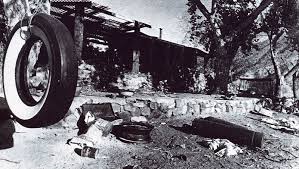
Charles Manson relocated to Barker Ranch in Death Valley. Charlie and family members Atkins, Krenwinkel, and Watson must have felt invincible. They got away with murder.

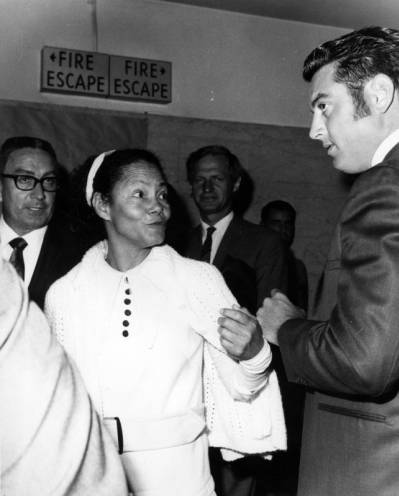


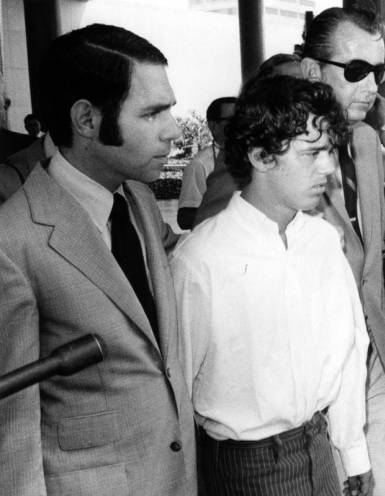
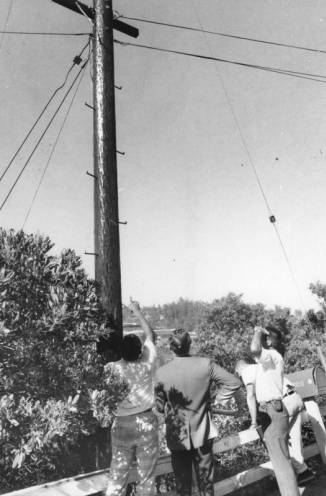
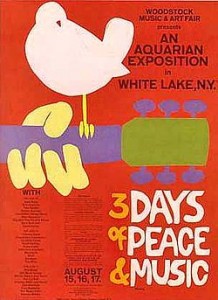




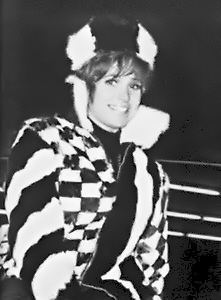


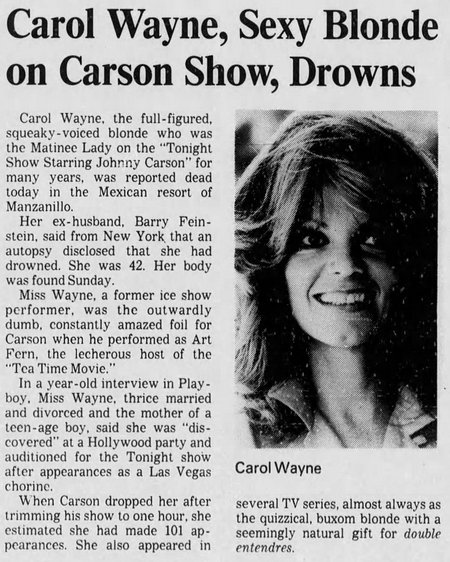 Carol’s fully clothed body was found floating in four feet of water off the beach near the hotel where she and Durston stayed. There were no signs of foul play. People who knew Carol found it strange that she drowned. She was terrified of water.
Carol’s fully clothed body was found floating in four feet of water off the beach near the hotel where she and Durston stayed. There were no signs of foul play. People who knew Carol found it strange that she drowned. She was terrified of water.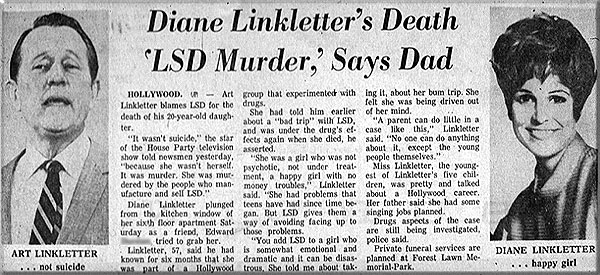
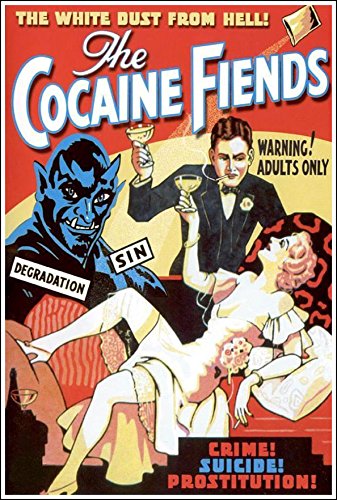
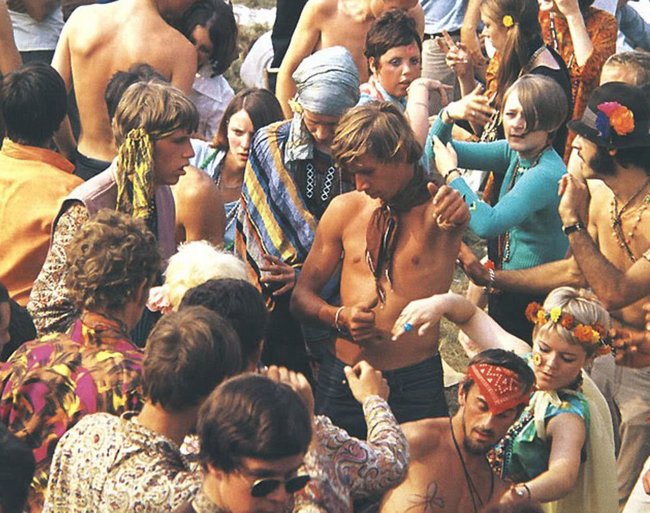 The level of fear in the city ratcheted up several notches when Los Feliz residents Rosemary and Leno LaBianca were murdered. Eerie similarities between the Tate and LaBianca slayings gave the cops cause to believe they could be linked.
The level of fear in the city ratcheted up several notches when Los Feliz residents Rosemary and Leno LaBianca were murdered. Eerie similarities between the Tate and LaBianca slayings gave the cops cause to believe they could be linked.

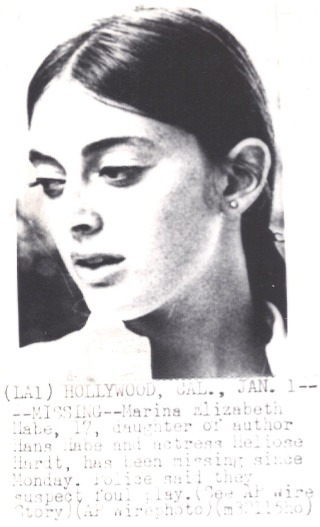 There were no obvious signs sexual assault. An autopsy, conducted by coroner Thomas Noguchi, determined Marina’s cause of death as exsanguination and found no evidence of rape. The small amount of cash in Marina’s wallet seemed to rule out robbery as the cause of her abduction and murder.
There were no obvious signs sexual assault. An autopsy, conducted by coroner Thomas Noguchi, determined Marina’s cause of death as exsanguination and found no evidence of rape. The small amount of cash in Marina’s wallet seemed to rule out robbery as the cause of her abduction and murder.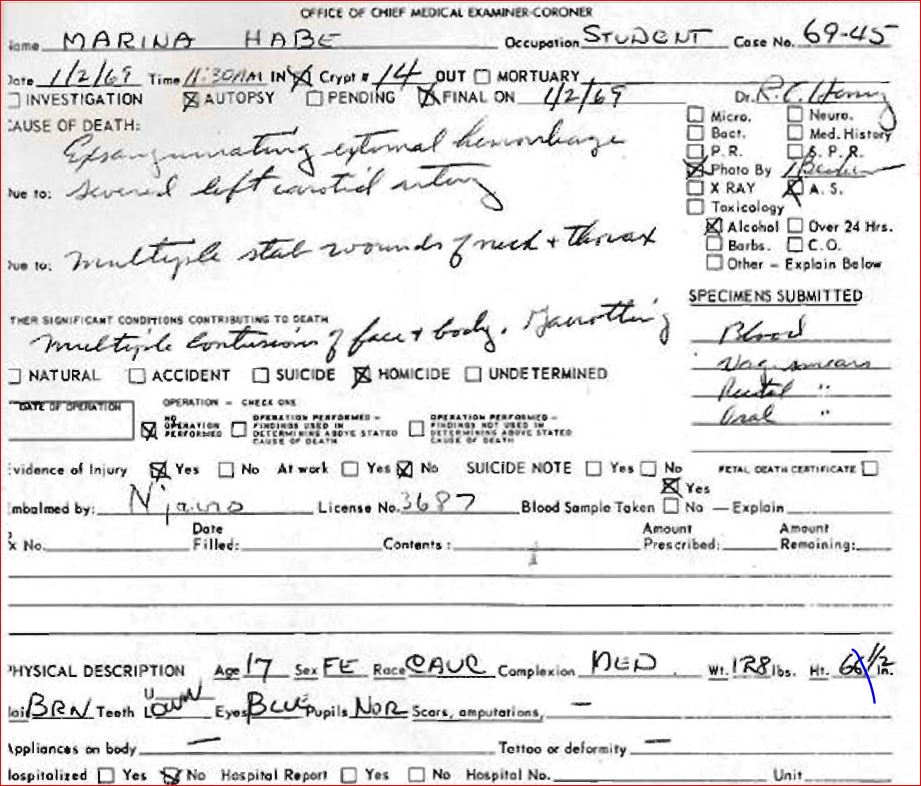 Her parents and 350 others mourned the pretty coed at her funeral. Marina converted to Catholicism in 1966 and they held a requiem Mass for her in the
Her parents and 350 others mourned the pretty coed at her funeral. Marina converted to Catholicism in 1966 and they held a requiem Mass for her in the 







 As the phone called neared an end, Thomas said, “Well, I better go now because I’m going to see what’s happening. . . I don’t want Paul to hurt Ramon.”
As the phone called neared an end, Thomas said, “Well, I better go now because I’m going to see what’s happening. . . I don’t want Paul to hurt Ramon.”


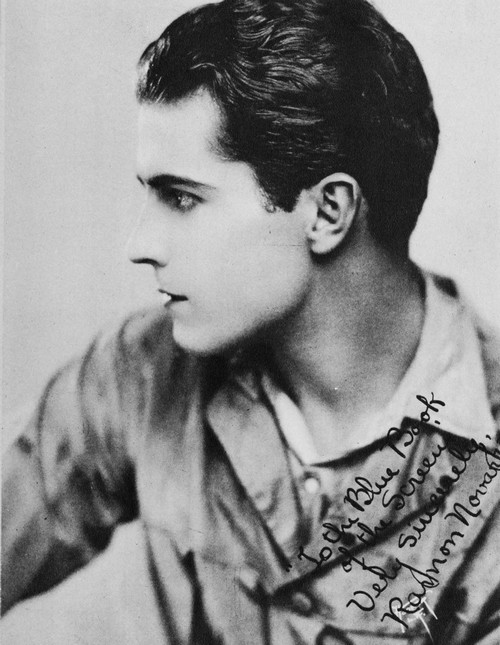 The 69-year-old’s face and torso showed unmistakable signs of a brutal beating. Edward phoned the police.
The 69-year-old’s face and torso showed unmistakable signs of a brutal beating. Edward phoned the police.